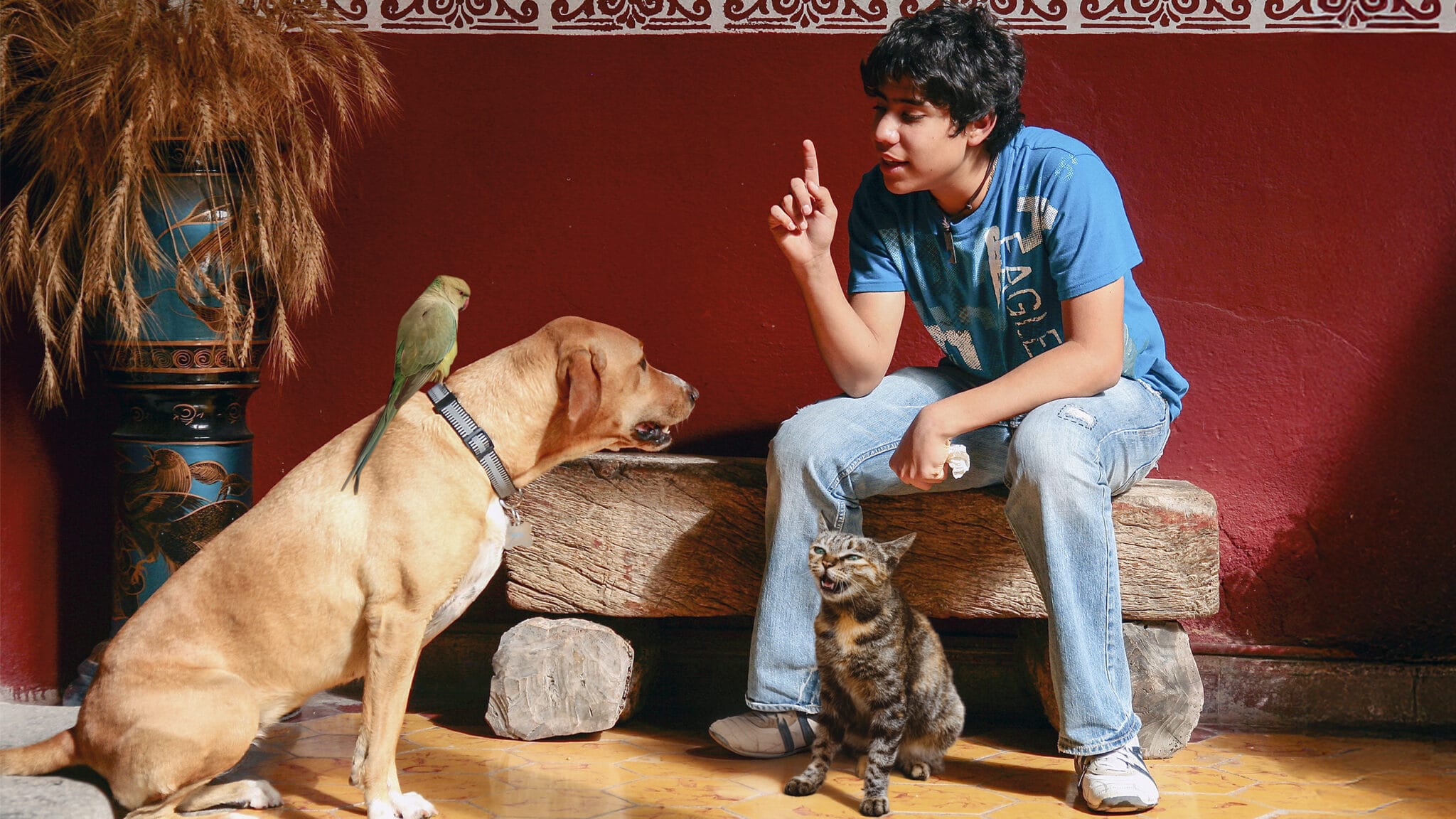How Quinceañeras Have Evolved From Indigenous Ceremonies To Celebrations Of Independence For Women
Sparkling tiaras, luminous pastel gowns embellished with jewels, and flats that will be traded for heels—the extravagant quinceañera marks a Latina teen’s rite of passage into so-called womanhood. Part-mass, part-massive party, the celebration commemorating a young woman’s 15th birthday is observed across Latin America and Latinx USA. The important milestone, now a $49 billion industry, is an ostentatious display of culture, faith, maturity, glamour and abundance. But where did this elaborate fête come from and how far has it departed from its roots?
Social scientists, journalists and religious leaders agree that the tradition has roots in both the Indigenous cultures of Latin America, namely in what is today known as Mexico and Central America, as well as in Europe. In the early 15th century, before Spaniards invaded and colonized Latin America, Indigenous groups held ceremonies that commemorated the coming of age of both boys and girls.
Among the Mayas and the Aztecs, it’s believed that once young girls turned a certain age, they were separated from boys to prepare them to become young ladies.
During these courses, they learned rules and practices about their role in the family and community. Once the lessons were completed, the young woman displayed her new knowledge during an initiation ceremony that celebrated the girl’s entry into adulthood. For the Aztecs, in particular, the festivity also presented the young woman as someone who was ready to be wed.
In the book, Quinceañera, Mexican-American author and scholar Ilan Stavans writes that a similar tradition was popular in Europe. There, when a young woman turned 18, the age when people were expected to take part in society, they enjoyed a civil and religious ceremony that symbolized this transition. In 1980, journalist David Beard argued that when Spanish imperialists landed in modern-day Mexico in the late 15th and early 16th centuries, they mixed their coming-of-age traditions, particularly the Catholic components, with that of Indigenous groups. The new celebration, incorporating both Native and western faith customs, quickly traveled across Latin America and the Spanish Caribbean. At the time, quinceañeras both symbolized a girl’s path to womanhood and also taught her religious and cultural ideas on gender roles. For instance, priests and parents provided the teen with antiquated instruction around female behavior, expectations and sexuality.
While many of the original Indigenous and European traditions continue to be observed today in Latin America and Latinx USA, time and culture have altered the celebration. Most quinces start with a mass or ceremony—where the girl renews her commitment to her faith—that is followed by a banquet. During the reception, the birthday girl, dressed in a white ball gown and tiara, typically performs a long-rehearsed waltz with her 14 damas and 14 chambelanes. The hours-long bash doesn’t end until the girl has her symbolic passage to adulthood, whether by changing from flats to heels or receiving her last dolls.
It’s becoming more common for young Latinas to modify even these amended traditions.
Many girls—and a growing number of boys and nonbinary youth—are ditching the poofy white gowns for pastel or vibrant dresses and suits of various styles. Some forgo the waltz and instead perform a choreographed routine around a popular pop, salsa or cumbia song. Others have themed parties around pop culture. Moreover, it’s increasingly popular for Latinas in the U.S. to have a quinceañera-style soirée for her 16th birthday, merging the cultural traditions of her parents with the coming-of-age customs of their new country.
During the last decade, new iterations of the quinceañera have also emerged. One of the most popular is the doble quince, or the treintañera: the time when Latinxs turning 30 throw themselves a quince-style fête.
These affairs are complete with gowns, tiaras, routine dances, multi-tier cakes and champagne they can now consume. Even more recently, amid the Covid-19 pandemic, families have been hosting drive-by quinceañeras for their daughters. Across the country, Latinas are celebrating their 15th birthday by donning a typical extravagant frock and tiara while waving at relatives and friends who pass by in cars. Others are celebrating their quince one to two years later, at age 16 or 17, due to the pandemic.
A centuries-long tradition rooted in Indigenous and European histories, it’s clear quinceañeras remain as important for Latinas and their relatives today as they were hundreds of years ago. Their significance to culture, family and faith is so strong that the celebration has sustained throughout time, migration and international crises—often remixing into new iterations that honor its little-known history while still embracing cultural developments and societal changes.
Click here to learn more about all the places that are Just An Amtrak Away.




